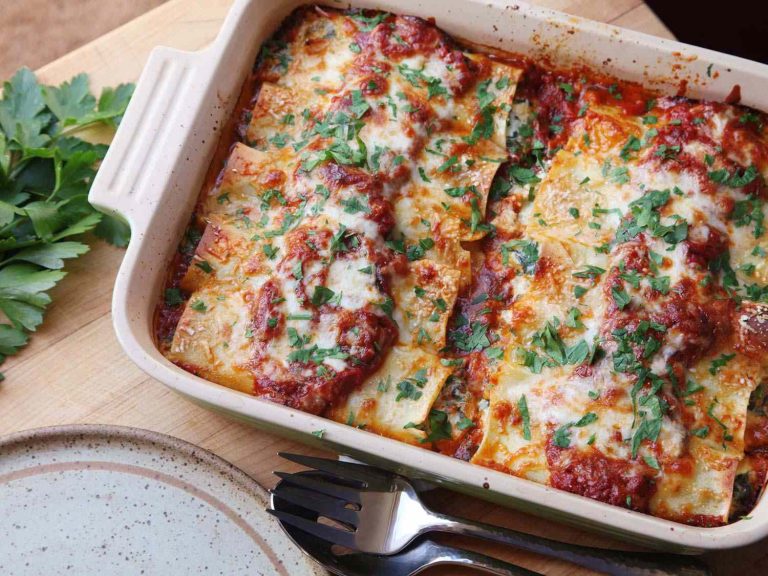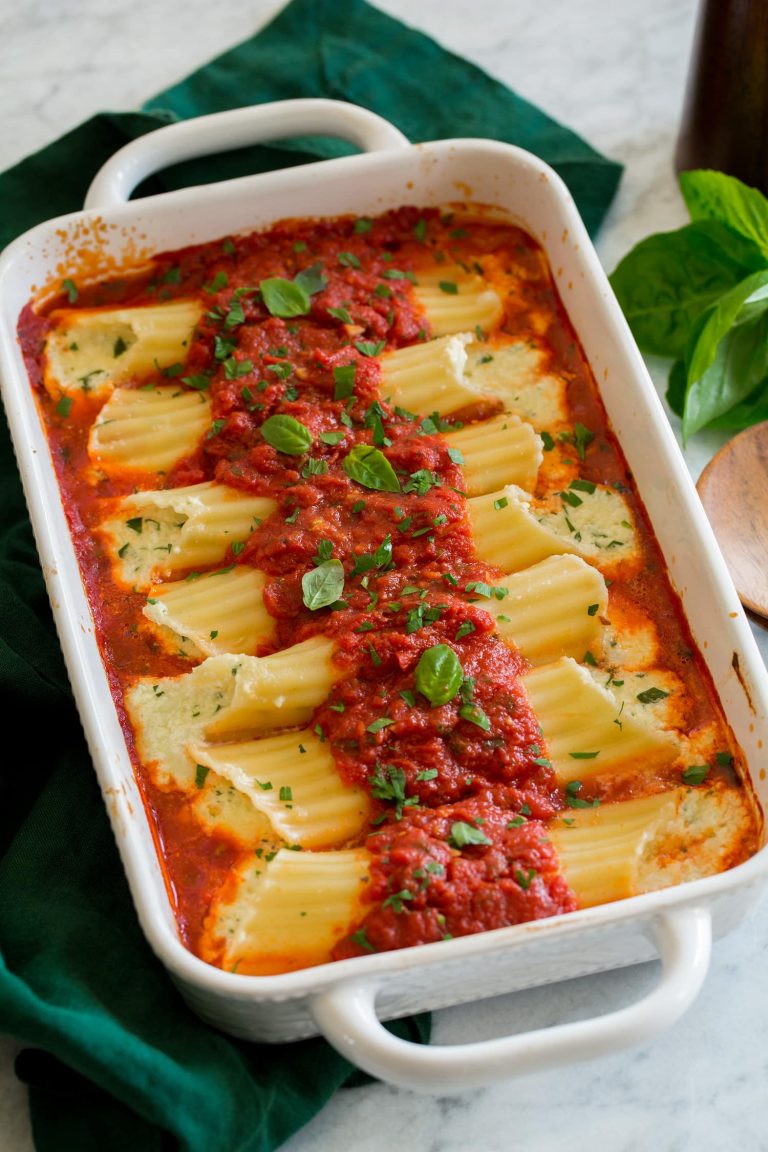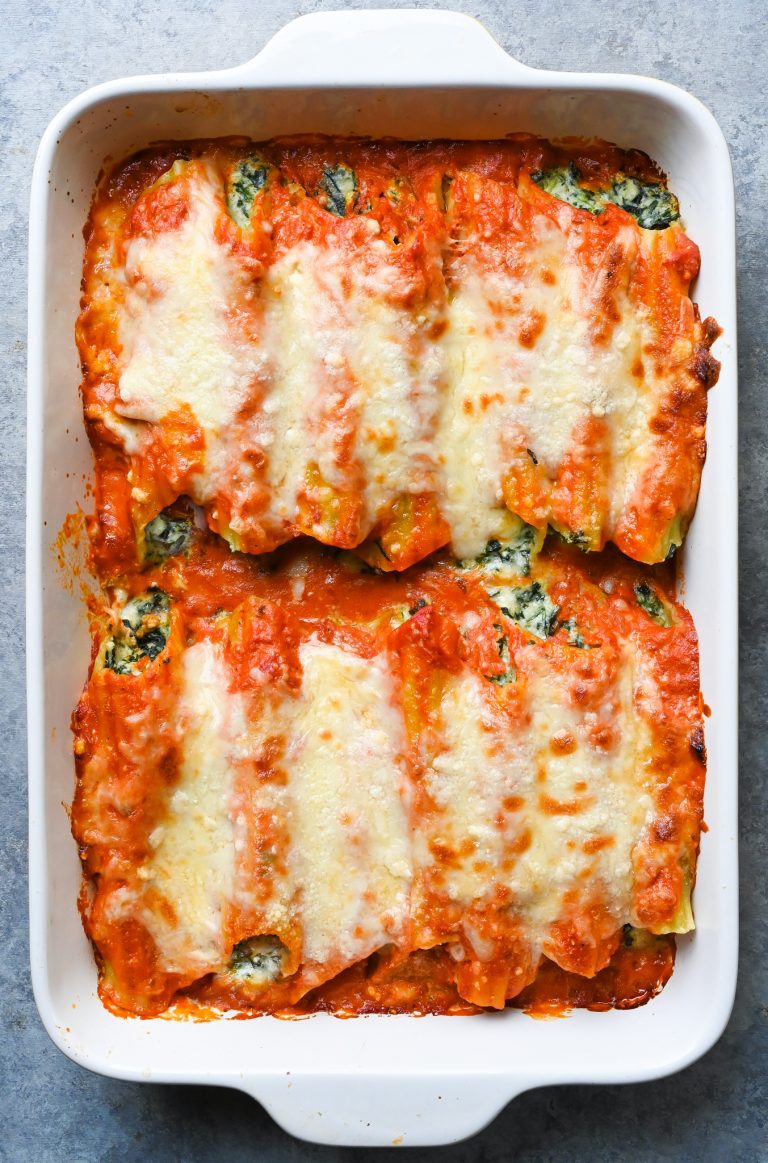Manicotti Shells: History, Cooking Tips, and Delicious Filling Ideas
Overview of Manicotti Shells
What Are Manicotti Shells?
Manicotti shells are large, tubular pasta traditionally used in Italian cuisine. These shells are typically about 4 inches long and 1 inch in diameter. Manicotti means “little sleeves” in Italian, aptly describing the pasta’s hollow shape. You can fill them with ingredients like ricotta cheese, spinach, or a meat mixture. Baking the shells en


